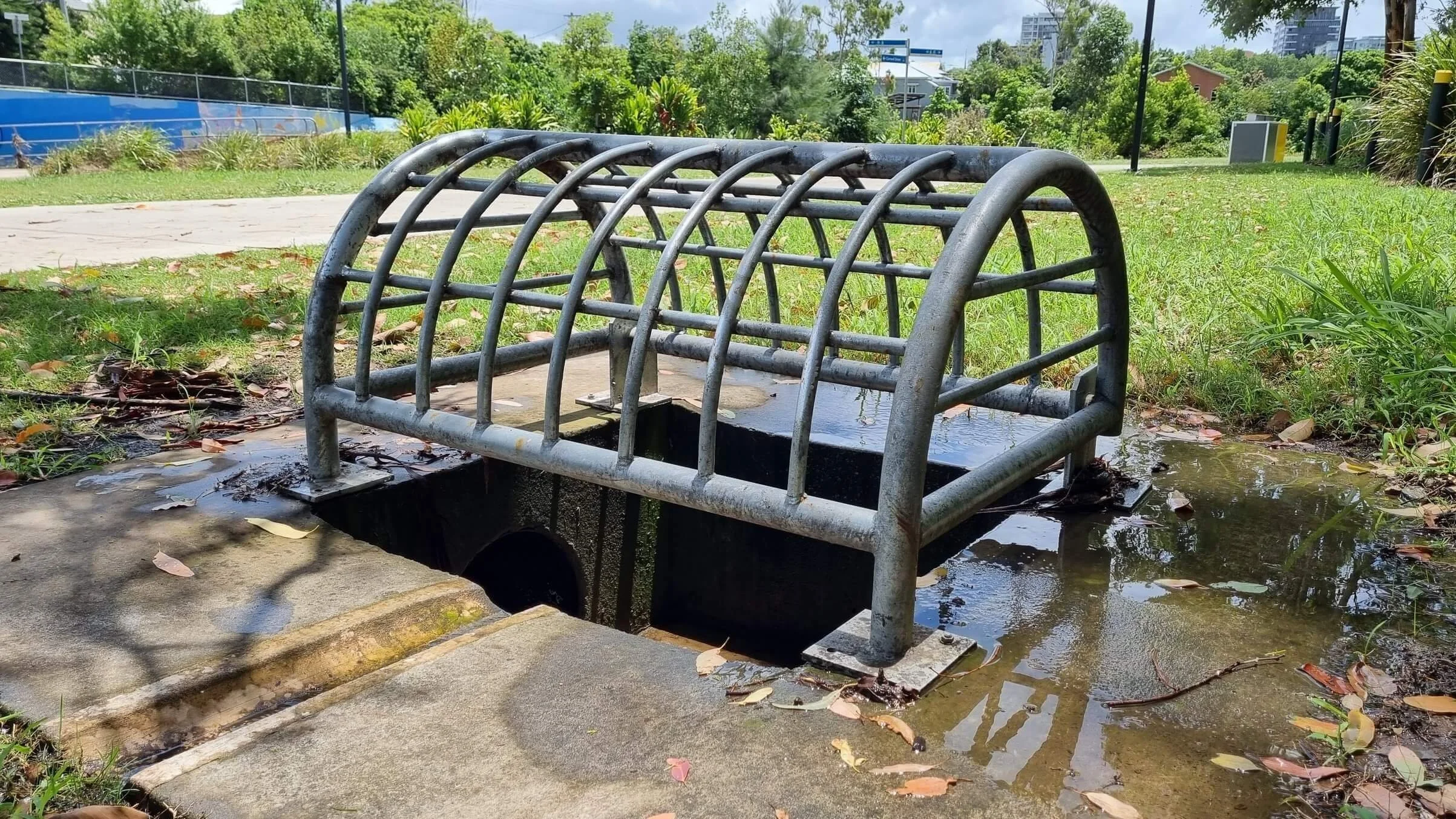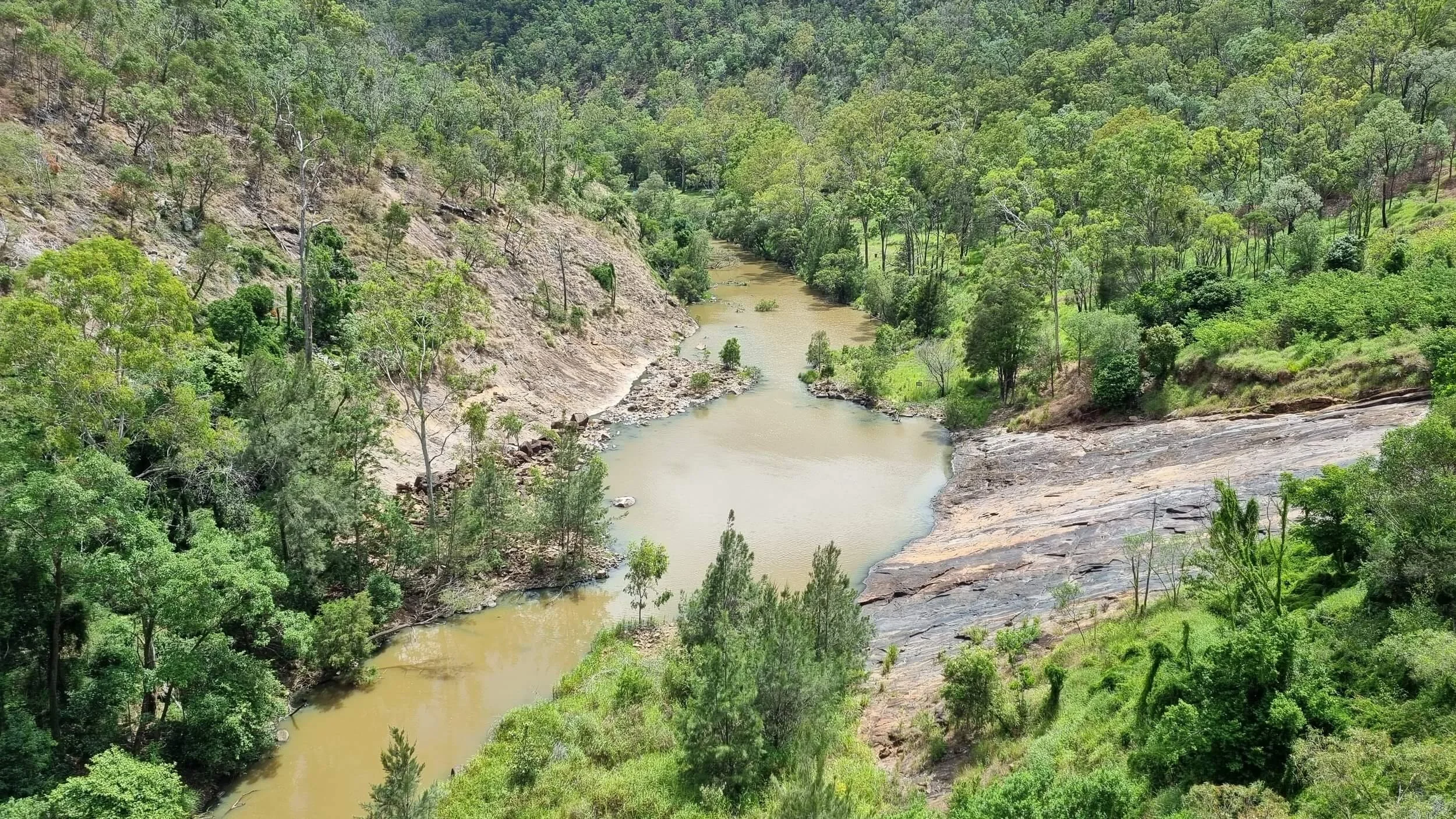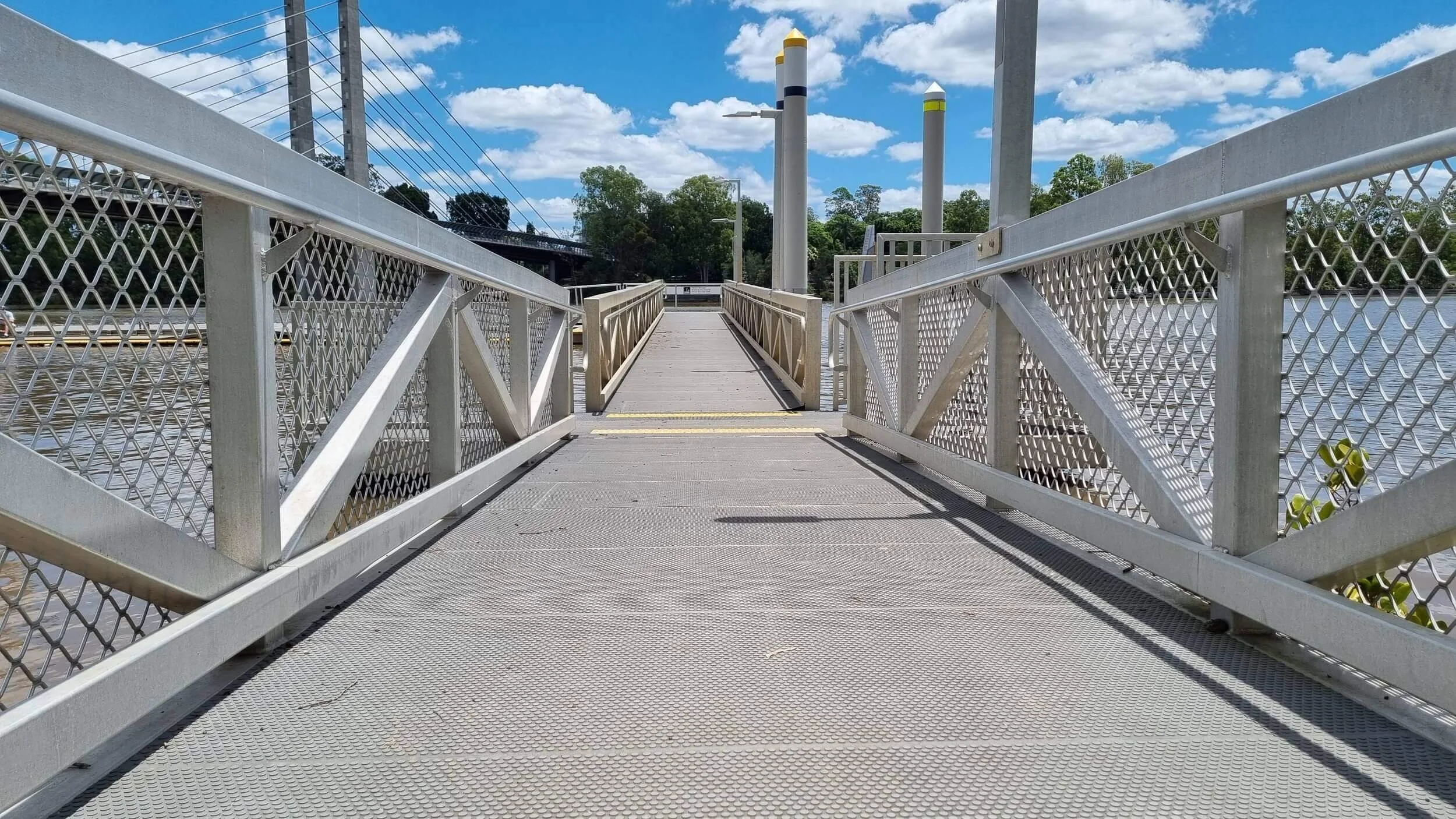Stormwater Engineering Brisbane
Brisbane’s subtropical climate and rapid urban expansion bring real headaches for stormwater management. Intense downpours need carefully thought through stormwater engineering Brisbane solutions that stop flooding and erosion. Councils are strict too, so specialised know how is essential to make infrastructure resilient and to keep waterways healthy.
Brisbane’s Unique Stormwater Challenges
Subtropical Climate Impacts
Brisbane’s wet season can pour with surprising intensity. Short, sharp storms dump a lot of water fast, and if drainage is not up to scratch, you get flooding, eroded banks, and stressed waterways. Engineers designing stormwater systems for Brisbane need to factor in those seasonal swings. It matters. Really, it does.
Rapid Urban Development Pressures
As suburbs grow, more roofs and roads replace gardens and paddocks. That increases runoff, and more runoff means more flood risk and poorer water quality. You know what? The maths changes when you pave things over. Proper stormwater design Brisbane has to cope with that growth and keep pollution out of our creeks and rivers.
Council Compliance Requirements
Local councils have firm rules aimed at cutting flood risk and protecting waterways. Meeting those standards takes detailed engineering and paperwork. Here’s the thing. Ignore the rules, or get them wrong, and you’ll face delays, extra costs, or worse, a design that does not perform when it matters most.
Brisbane Council Requirements & Regional Compliance
Brisbane City Council Stormwater Standards
Brisbane City Council sets strict limits on peak flows and expects designs that protect waterway health. Their standards shape what stormwater solutions Brisbane contractors can propose. Follow the council’s guidance and your project stands a much better chance of passing approvals and working well in severe weather.
Comparison With South-East Queensland Councils
Councils across south east Queensland vary in detail, but they aim for the same outcomes, like reducing flood risk and improving water quality. It is not identical everywhere though. You still need to check local rules as part of any project, because what’s acceptable in one council area might need tweaking in another.
Approval Processes and Design Manual Guidelines
Approval is not a single paperwork tick. Assessments look at hydraulics, environmental effects, and water quality controls. Expect iterations and technical checks. Plan reviews, supporting calculations, and clear diagrams help. Treat approvals like a process you must manage, not a box to tick.
Design Principles & Best Practice Solutions
Hydraulic Modelling Essentials
Hydraulic modelling simulates how water moves over a site, and that tells you how to size pipes, channels, and detention areas. Short storms, long storms, future development scenarios, climate variability. Good modelling covers the lot. It is like traffic modelling for water, predicting congestion before it happens.
Water Quality Treatment Methods
Stormwater treatment is more than a token planter box. Vegetated swales, gross pollutant traps, sediment basins and raingardens help remove rubbish, sediment and nutrients before water leaves the site. They protect downstream ecology and help councils meet water quality requirements. Small measures add up. Seriously.
Proven Technologies: On-Site Detention & WSUD Systems
On-site detention holds runoff temporarily and releases it slowly to mimic pre-development flows. Water Sensitive Urban Design, WSUD, brings green infrastructure into projects, so development can feel less hostile to nature. Think of these options as part of the toolkit for responsible urban water management.
Common Pitfalls & Getting Approvals Right
Frequent Compliance Mistakes
Plenty of projects trip up with missing or incomplete documentation, underestimating hydraulic flows, or overlooking local council quirks. These are common, and they are costly. A surprising number of delays come from simple errors. Frustrating, yes. Avoidable, also yes.
Practical Solutions to Streamline Approvals
Engage a Brisbane stormwater engineer early, review plans thoroughly, and keep communication clear. Honest, timely dialogue with council can save weeks. Do the homework up front, and the approval path becomes smoother. It is plain common sense, and it works.
Expert Engineering for Successful Projects
Importance of Engaging Qualified Stormwater Engineers Early
Getting an experienced commercial stormwater engineering Brisbane professional on board early pays dividends. They know council compliance Queensland requirements, they know local flood behaviour, and they can shape resilient designs. Don’t leave it to chance. Seriously, bring the experts in early.
Benefits of Optimal Design and Efficient Approvals
Good design reduces delays, controls costs, and protects people and property from flood risk. Efficient approvals mean projects move forward without nasty surprises. Reliable stormwater solutions across Brisbane support sustainable development and healthier waterways. That’s the goal. Plain and simple.
For tailored stormwater engineering Brisbane services that meet local council compliance Queensland guidelines, talk to a skilled Brisbane stormwater engineer early in your project, and save time, money, and stress.






